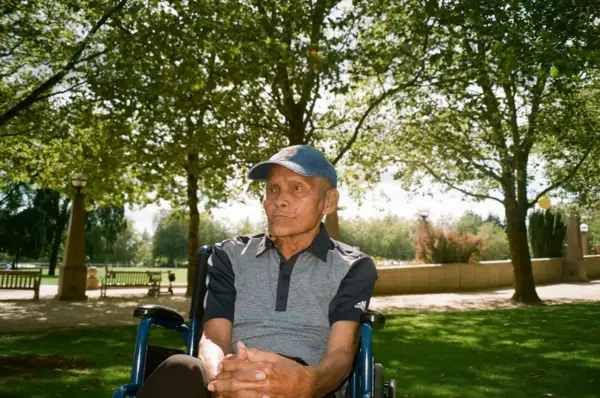
When Is It Time for Full-Time Live-In Care?
Full-time live-in care involves having a caregiver or caregivers living with someone to provide them with a high level of care to keep them safe. A care provider puts together a customized care plan, and family members of that person receive feedback to ensure their loved one’s needs are met. Deciding when it’s the right time for full-time live-in care isn’t always easy, but now might be the right time to review your options if you can relate to these situations.
Part-Time In-Home Care Is No Longer Enough
Your family member might already be receiving personal care services through leading providers like Husky Senior Care, but there might come a time when part-time care isn’t enough. They might no longer be able to care for themselves without someone home with them, or they might even be a danger to themselves due to mental or physical problems. In that case, it can be worth looking at enhanced care, which can involve turning that part-time care into a full-time care model for peace of mind.
Your Family Is Burnt Out
When a family member is no longer mentally sharp enough to perform basic tasks for themselves, family members often step up to help. However, it can become too much when you have your own immediate family to care for, a full-time job, and other demands placed upon you. Full-time care can be a worthwhile consideration when you’re feeling burnt out and stressed due to how much time you have to spend with an unwell loved one. With their everyday needs taken care of, you can visit when you have time and genuinely enjoy their company.
They Wander From Home and Get Lost
According to the Alzheimer’s Association, six in 10 people living with dementia wander away from home at least once. Many people wander repeatedly and can end up in dangerous and even life-threatening situations. The stress of losing a loved one can weigh heavy on the average family, especially if they’re wandering during times you can’t be with them. When you have full-time live-in carers, it might be much harder for an unwell family member to walk away unnoticed.
They’re Experiencing Frequent Falls
Falls are common among older adults, with at least 34,000 adults over 65 dying from falls in 2019 alone. They also accounted for three million emergency department visits in the same year at a cost of $50 billion. Falls aren’t entirely preventable, but they might be more likely to occur when an older adult with balance and stability issues is home alone without support measures in place. Alongside installing non-slip flooring and handrails, an in-home carer can be an excellent next step to consider.
They’re On Hospice Care
Hospice care is provided for people in the final stages of life. Most often, they have a chronic condition that has left them with six months or less to live. While hospice care providers can already provide care services daily, they can also become live-in care providers to ensure around-the-clock comfort.
You might be worried about providing full-time live-in care before it’s truly required, but your loved one’s health and well-being might just depend on it. If you can relate to any of these situations above, now might be the right time to explore your care options.